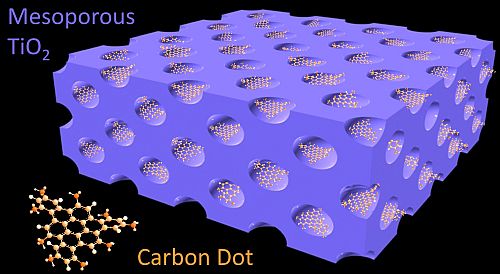
LMNT - Ongoing Projects
CANDLE^2
Carbon dots (CDs), exhibiting a strong fluorescence tunable across the visible range, are a non-toxic and low-cost alternative to semiconductor quantum dots or rare earth-based materials, in accordance to the Horizon 2020 priorities for the replacement of critical raw materials. However, the control on the CDs structure is far to be optimized and several critical issues (chemical and spectroscopic inhomogeneity, poor reproducibility and low quantum yield, especially in the red range, must be tackled before CDs technology can be scaled up at industrial level for application in lighting. The CANDL^2 project aims to explore the potential of CDs both in LEDs with controlled chromaticity and in tunable solid-state lasers. To achieve these goals, purposely synthesized CDs are embedded in sol-gel hybrid organic-inorganic matrices, to fabricate nanocomposites specifically optimized for lighting and lasing. The CD structure, the chemo-physical properties and the host-guest interactions in the nanocomposites are studied through a combination of optical-structural characterization, atomistic modeling and innovative synthesis. List of the publications
-------------------------------------------------------------------------------------------------
CDOTSOLAR
Harnessing sunlight to create energy is one of the major challenges of the 21st century, and the steady development of nanotechnology is pushing the boundaries of this research from basic knowledge to applications. The project aims to develop functional electrodes nanocrystalline ones that can produce fuels through solar irradiation, as happens during the splitting of water to produce hydrogen. The goal is achieved through the design of nanocomposites consisting of carbon dots and related materials (CDRMs) embedded in porous nanostructured semiconductors.
Mesoporous nanocrystalline semiconductors (TiO2, BiVO4, mixed oxides or sulfides), modified with carbon dots (CDs) or other dots derived from 2D materials (such as MoS2), are employed as possible candidates for photoelectrodes. We expect that the combination of semiconductor photocatalysts and CDRMs enables more efficient use of the spectrum solar, for increased production of hydrogen or oxygen. CDRMs extend the absorption of new anodes into the visible range through the use of engineered CDs.
Water splitting is expected to be more effective due to the high surface area/volume ratio of porous nanostructured matrices and the CDRMS. The consortium is establishing a network of excellence between Argentina and Italy that combine multidisciplinary expertise such as optics, electrochemistry, materials science and engineering. Moreover, the consortium activity help fostering collaborations between academia and industry. The project is also promoting the training of a new generation of researchers capable of translating new findings into strategic solutions for the field of renewable energy. List of the publications
-------------------------------------------------------------------------------------------------
Updated 01 January 2024
LMNT Laboratory of Materials Science and NanoTechnology - Department of Biomedical Sciences, University of Sassari.
Viale San Pietro 43c, 07100 Sassari (SS)Tel. lab.: +39 079 998630 Fax: +39 079 228625. Contact: lucamalfatti@uniss.it



